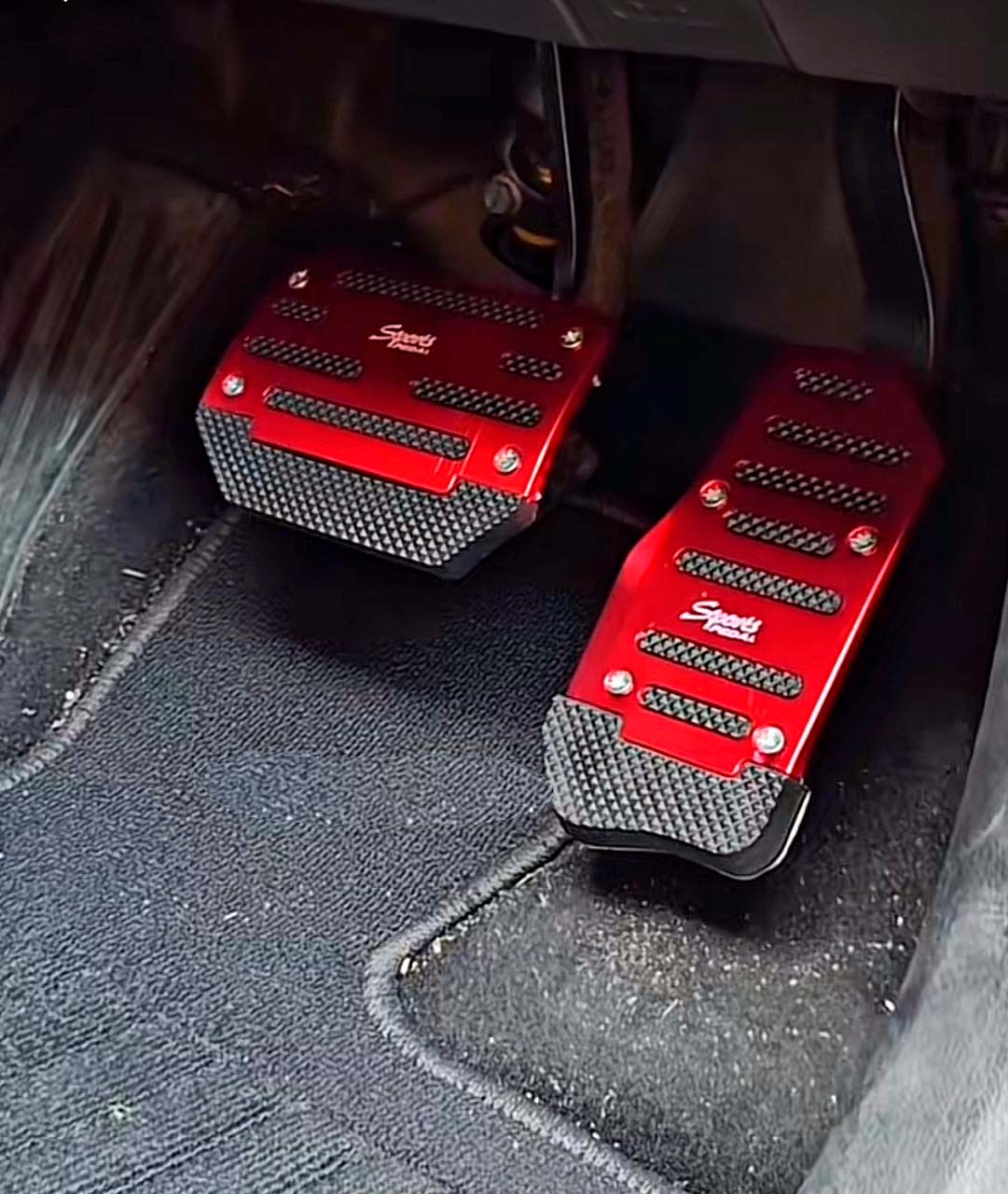Having a stiff brake pedal is an incredibly dangerous issue in any car. Not only does it indicate that something is wrong with the braking system, but it can also lead to a crash if the brakes are not responding correctly. Fortunately, a stiff brake pedal does not always indicate a major problem and can be easily fixed with simple troubleshooting. In this article, we’ll give you a complete guide on how to fix your stiff brake pedal! We’ll discuss the different causes of a stiff brake pedal, how to diagnose the issue, and finally walk through step-by-step instructions to fix it. After reading this guide, you should be able to repair your own car’s brakes and have peace of mind knowing that your vehicle is safe for use once again. So, whether you’re an experienced mechanic or someone who needs help fixing their brakes, read on for our comprehensive guide on fixing your stiff brake pedal!
Symptoms of a Stiff Brake Pedal
A stiff brake pedal is a common problem affecting modern vehicles. In some cases, the issue may arise from components in the braking system that are either worn or failing. If the brake pedal becomes difficult to push or stops responding as expected, it could be a sign of an underlying issue that needs to be addressed. Common symptoms of a stiff brake pedal are:
-
Difficult to Push: If the brake pedal is hard to push, it could be a sign of air in the system or due to the brake caliper being stuck or misaligned. It could also indicate a lack of brake fluid in the system.
-
Unusual Noises: If you hear squealing, scraping, or grinding noises when pressing the brake pedal, it may indicate worn-out brake pads or other components inside the brakes that are not functioning correctly.
-
Unusual Feelings: When pressing on the pedal, if you experience shaking or pulsations coming from your brakes, this can signal a problem with your rotors and wheel bearings that must be inspected and repaired as soon as possible.
-
Uneven Stiffness Between Brakes: If you notice that one side of your vehicle’s brakes feels stiffer than the other side when braking, then it may be caused by an unequal distribution of braking power between both sides of your car caused by either unequal brake disc wear or faulty calipers.
-
Spongy Pedal Feel While Braking: If your brakes feel spongy while driving, the air in your braking system must be bled out and refilled with new fluid as soon as possible. It could also mean there is damage along the lines of your braking system that needs repairing and replacing before it starts affecting roadway performance and safety.
Diagnosing the Problem
It’s crucial to accurately diagnose the issue before swapping out components. You can do this by inspecting each braking system component and checking for any visible signs of damage or wear and tear. It is also important to check the brake fluid levels and inspect your brake lines for any cracks or leaks that could be causing air pockets in your brakes. You should also consider taking your vehicle out for a driving test to observe its reaction when you apply pressure to the brake pedal. If there are any discrepancies between what you feel when pressing on the pedal and what should happen according to manufacturer specifications, further inspection must be done as soon as possible. To determine the cause of a brake system warning, it is imperative to consider all potential factors. When you notice the dashboard alert, you must ask yourself, Why Is My Brake Light On. Also, read about how to conduct a comprehensive brake system check and familiarize yourself with common brake problems to ensure your vehicle remains safe and responsive on the road.
Replacing Parts for Repairing a Stiff Pedal
Once you have identified which components need replacing, it is time to start swapping out parts. Depending on the issue, replacing only one part or multiple components may be necessary to fix the problem correctly. Here are some common parts that may need replacement if your brake pedal has become stiff:
-
Brake Pads: If there has been excessive wear-and-tear on your brake pads, they must be replaced with new ones to function properly.
-
Calipers: If you notice any rust or corrosion on your calipers, they must be replaced with new ones to function correctly once again.
-
Rotors: Your rotors can become warped over time due to heat buildup from friction between the pads and rotors during braking motions, leading to stiff brakes and squealing noises when applied to them. In these cases, replacing both rotors with new ones will help reduce these symptoms significantly, if not eliminate them.
-
Brake Hoses: If there are cracks along the length of a hose or it appears damaged somehow, then this part needs immediate replacement before further damage occurs or an accident due to other malfunctions due to worn-out hoses failing while driving at speed.
Other Reasons for Brake Malfunctioning
Apart from worn-out parts, there are other possible causes for a stiff brake pedal. If the pedals become stiff after doing an oil change or other maintenance work, it could be due to a lack of bleeding and flushing of air pockets from the system. It is important to ensure that all air has been removed from your brake system after any fluid changes have been done for them to work correctly again. Another cause is if your brake lines have become blocked due to debris or excessive corrosion. In this case, the lines must be cleaned and replaced if necessary for them to work as intended. Additionally, it is possible that your vehicle’s braking system may not be properly adjusted or calibrated. In this case, a mechanic should inspect and adjust the brakes to function correctly once again.
Conclusion
A hard brake pedal is a significant problem that requires immediate attention. Fortunately, this problem can usually be resolved with simple troubleshooting and, if necessary, swapping out parts. While it is possible to fix this issue yourself, consulting a qualified mechanic is recommended to correctly identify and address the underlying cause of the issue quickly and effectively. Once you have identified the cause of your stiff brake pedal and replaced any faulty parts, you should notice an immediate difference in your vehicle’s braking performance. Keep in mind: if you’re uncertain about how to fix a problem with your car’s brakes, it’s always wise to seek advice from a qualified professional.


 Difficult to Push: If the brake pedal is hard to push, it could be a sign of air in the system or due to the brake caliper being stuck or misaligned. It could also indicate a lack of brake fluid in the system.
Difficult to Push: If the brake pedal is hard to push, it could be a sign of air in the system or due to the brake caliper being stuck or misaligned. It could also indicate a lack of brake fluid in the system.